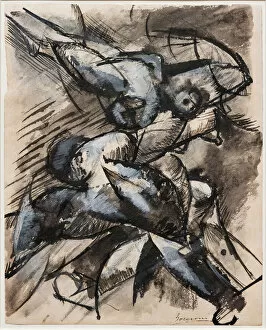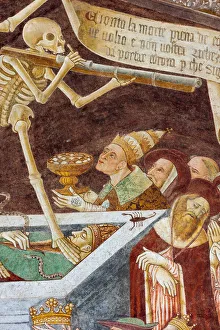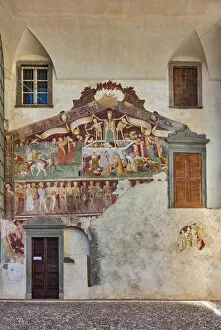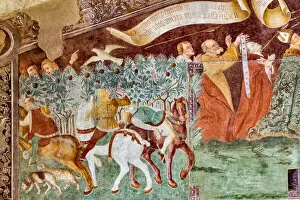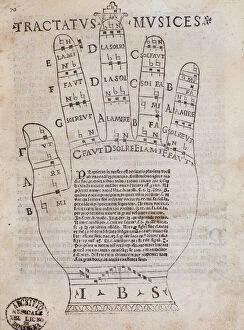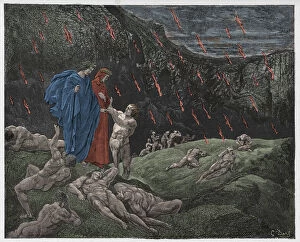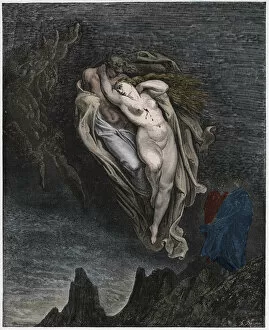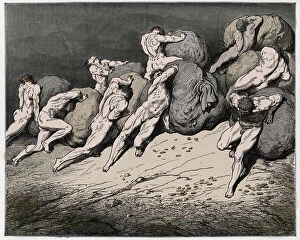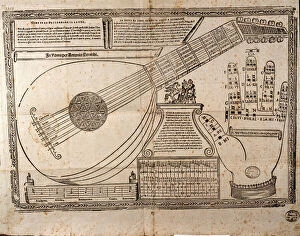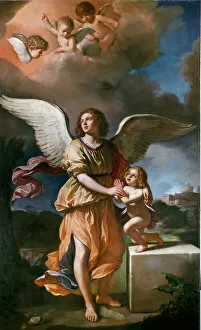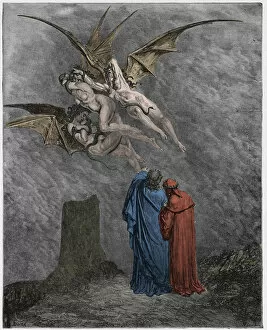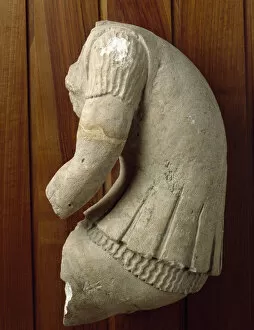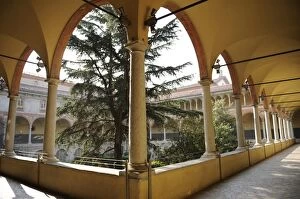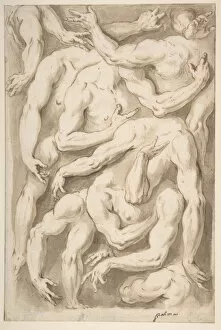Corpo Collection
"Corpo: A Captivating Journey through Art and History" Embark on a mesmerizing journey as we explore the concept of "corpo
All Professionally Made to Order for Quick Shipping
"Corpo: A Captivating Journey through Art and History" Embark on a mesmerizing journey as we explore the concept of "corpo, " delving into various artistic masterpieces that depict the human form in all its glory, pain, and vulnerability. In Apollo and Marsyas, witness the intense struggle between divine beauty and mortal talent captured on canvas in 1618. The Saint Sebastian painting by Jusepe de Ribera takes us to Naples in 1651, where the martyr's torment is vividly portrayed with haunting realism. Travel back to ancient Egypt as we encounter prisoners brought before Pharaoh Ramses II, facing a gruesome fate of having their hands severed. This colored engraving from 1866 serves as a chilling reminder of humanity's capacity for cruelty. Dante Alighieri's Inferno comes alive through digitally colored engravings from 1885, revealing violent souls tormented amidst rainfire. Meanwhile, Dynamic Decomposition (1913) showcases human forms in movement—a testament to the artist's fascination with capturing life's fleeting moments. The Triumph of Death and Dance of Death frescoes transport us to 1485 when death stood upon sarcophagi housing deceased Popes and Emperors—an eerie yet thought-provoking depiction of mortality's inevitability. Finally, Bartolomeo Ramos de Pareia’s "De musica tractatus" introduces us to "The Guidonian hand, " an intricate page from this musical treatise dating back to the late fifteenth century—highlighting how art transcends mediums across time. Through these diverse artworks spanning centuries, we are reminded that corpo encompasses not only physicality but also emotions, struggles, triumphs—a reflection of our shared human experience throughout history.



